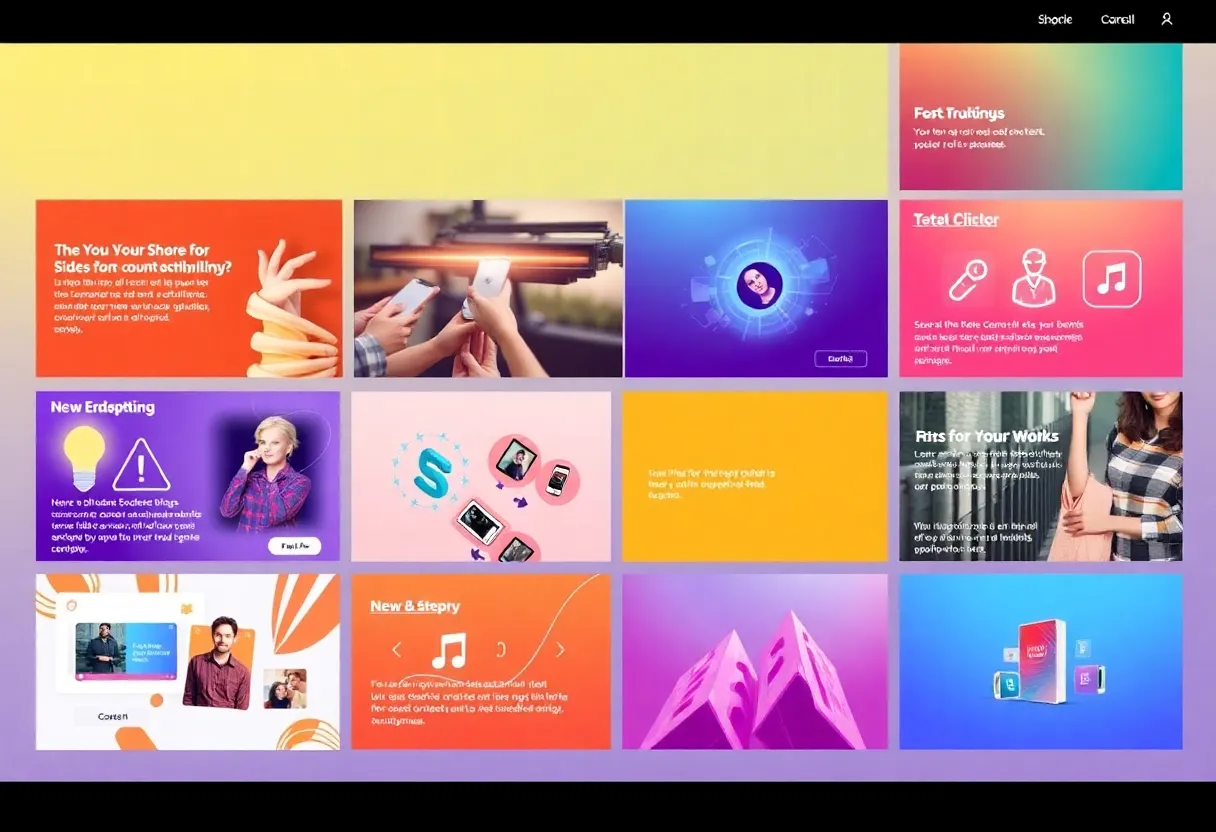How Can Micro-Influencers Transform Your Brand’s Digital Marketing Efforts?
In today’s digital landscape, businesses continually seek innovative strategies to enhance their marketing effectiveness. One of the most impactful strategies is leveraging micro-influencers. This article explores how micro-influencers can fundamentally transform your brand’s digital marketing initiatives.
Understanding Micro-Influencers
Micro-influencers refer to social media users who have between 1,000 and 100,000 followers. These individuals, though not widely recognized, often possess an engaged audience that values their opinions. They typically have a niche focus, whether in beauty, fitness, travel, or tech, allowing them to connect authentically with their followers.
This authenticity is critical because it fosters trust and loyalty. Micro-influencers prioritize quality engagement with their audience over sheer follower count. This unique position can yield significant benefits for brands seeking to refine their marketing strategies.
The Benefits of Engaging Micro-Influencers
1. Increased Authenticity
In an era where consumers are bombarded with advertisements, authenticity is paramount. Micro-influencers generally share genuine content that resonates with their audience. This level of authenticity leads to higher trust, motivating followers to consider the influencer’s recommendations seriously. Brands that partner with micro-influencers benefit from this trust, as the endorsement feels more like a recommendation from a friend rather than a sales pitch.
2. Higher Engagement Rates
Studies have consistently shown that micro-influencers boast higher engagement rates than their macro counterparts. Generally, the smaller the follower count, the more personal the connections are, resulting in active interaction. Brands leveraging micro-influencers can tap into this higher engagement, leading to better visibility and interaction on campaigns.
3. Cost-Effectiveness
Budget constraints are a reality for many brands, particularly small to medium-sized enterprises. Collaborating with micro-influencers tends to be more economical compared to partnering with celebrities or macro-influencers. As a result, brands can allocate resources more efficiently, leading to a higher return on investment. This cost-effectiveness makes it possible to execute multiple campaigns across various micro-influencers, maximizing outreach.
4. Targeted Audience Reach
Micro-influencers often cater to niche markets, meaning they attract a specialized audience. By aligning with influencers whose followers match the brand’s target demographic, businesses can tap into new customer segments more directly. This targeted approach ensures marketing efforts reach the right individuals, resulting in more effective campaigns.
5. Enhanced SEO and Brand Visibility
When micro-influencers share content featuring a brand, it creates authentic backlinks and boosts online visibility. This spill-over effect contributes positively to search engine optimization (SEO) efforts. Increased brand mention across various platforms not only enhances online presence but also positions the brand as an authority within its niche.
Implementing Micro-Influencer Strategies
1. Identifying the Right Micro-Influencers
The selection of appropriate micro-influencers is crucial for success. Brands should evaluate potential influencers based on engagement rates, audience demographics, and content relevance. Using tools designed to analyze influencer performance can streamline the vetting process. Brands must ensure that the influencer’s values align with their own to maintain authenticity.
2. Developing an Authentic Relationship
Building a relationship with micro-influencers is vital. Approach influencers with personalized messages instead of generic pitches. Offer value beyond financial compensation, such as exclusive products or insider information. This relationship-building fosters loyalty and encourages lasting partnerships, leading to more effective collaborations.
3. Collaborating on Content Creation
Creative collaboration results in content that feels organic and resonates with the influencer’s audience. Allowing micro-influencers creative freedom to showcase products in their style can significantly enhance authenticity. The content generated will appear more relatable and trustworthy, driving followers’ interest in engaging with the brand.
4. Measuring Campaign Effectiveness
To ensure success, businesses need to track performance metrics related to micro-influencer campaigns. Key performance indicators (KPIs) might include engagement rates, reach, conversion rates, and return on investment (ROI). Regular evaluations will help brands refine their strategies over time.
Challenges in Micro-Influencer Marketing
1. Over Saturation
The growing popularity of micro-influencer marketing presents the challenge of saturation. Many brands are now vying for the attention of micro-influencers, which can dilute influence and engagement rates. Developing unique and compelling campaigns can mitigate this challenge, ensuring that a brand stands out.
2. Authenticity Concerns
As micro-influencer marketing matures, consumers may become skeptical of such endorsements. Brands must choose influencers wisely to maintain authenticity. Engaging with influencers who have previously collaborated with the brand is one method to foster ongoing credibility.
3. Limited Resources
While partnering with micro-influencers is often more cost-effective, it still requires resources in terms of time and management. Brands must dedicate efforts to research, communication, and campaign execution to maximize the potential of these partnerships.
Best Practices for Engaging Micro-Influencers
1. Specify Campaign Objectives
Clearly defined goals will guide the engagement with micro-influencers. Whether it’s increasing brand awareness, driving traffic, or generating sales, specifying objectives helps streamline the collaboration process.
2. Foster Long-Term Partnerships
Building ongoing relationships with micro-influencers can yield better results over time. Continuous collaboration creates brand familiarity among the influencer’s audience, significantly increasing the chances of converting followers into customers.
3. Encourage Audience Interaction
Engaging with the audience through Q&A sessions, giveaways, and polls can amplify brand visibility. Brands should encourage micro-influencers to initiate interactions with their followers, further fostering engagement.
Conclusion
Ultimately, micro-influencers present a transformative opportunity for brands aiming to strengthen their digital marketing efforts. Their ability to foster authentic relationships, achieve higher engagement rates, and cater to niche markets makes them a vital asset for businesses. By implementing strategic engagement practices, brands can harness the considerable potential of micro-influencers, paving the way for more effective and impactful digital marketing initiatives.








